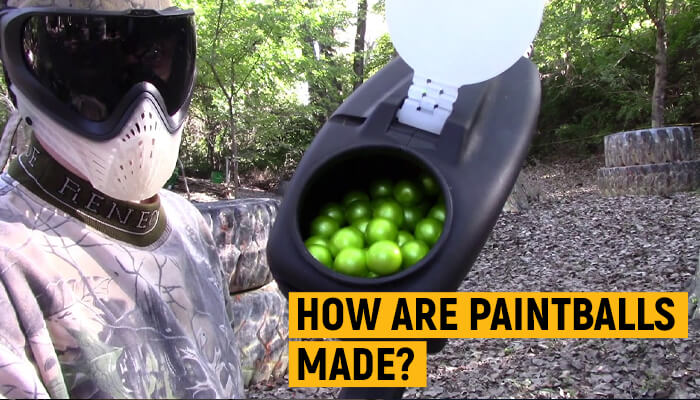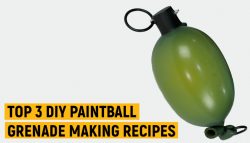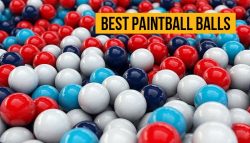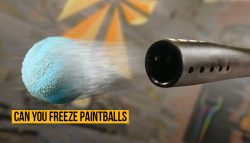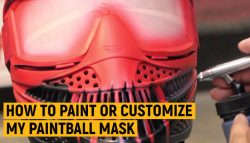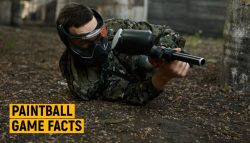Paintball has been a popular recreational activity since its invention in the 1980s. While players focus on strategy and gameplay, little thought is given to the colorful, gelatin spheres they use as ammunition. Have you ever wondered how these paintballs are made?
The process is more intricate than you might think. From mixing the ingredients for the shells to packaging the final product, a lot of work goes into creating the perfect paintball. In this article, we will take an inside look at the step-by-step process of how paintballs are made.
History of Paintball
Paintball is a relatively new sport that originated in the United States in the early 1980s. The first paintball markers were invented by three friends who were looking for an outdoor activity that would challenge their survival skills.
They created a game where they used modified guns to shoot each other with dye-filled pellets, and the first game of paintball was played on June 27, 1981. Over time, the sport grew in popularity, and in 1984, the first commercial paintball field opened in New Hampshire.
By the late 1980s, paintball had become a popular recreational activity and organized competitions were being held. Today, paintball is played by millions of people all over the world, with a variety of game formats and equipment options available to suit players of all levels.
How Paintballs Are Made – Steps to Follow
If you’ve ever played paintball the question “how are paintballs made?” probably crossed your mind. If you’re one of those people, below is the answer to how these paintballs are made!
Step 1: Mixing the Ingredients for Paintball Shells
The first step in creating paintballs is mixing the ingredients for the shells. The shells are made from a combination of gelatin, water, and glycerin, which is heated and mixed together until the mixture becomes a liquid.
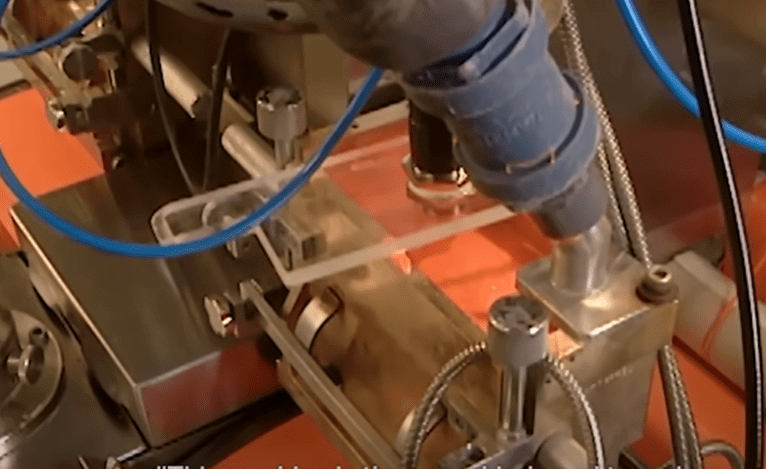
At this point, any desired colors or additives, such as UV-reactive or glow-in-the-dark compounds, are added to the mixture. This liquid mixture is then poured into molds, which are usually hemispherical in shape. Once filled, the molds are cooled, allowing the gelatin mixture to solidify and create the paintball shells.
Step 2: Forming and Drying the Paintball Shells
After the paintball shells have solidified, they are removed from the molds and trimmed to remove any excess material. The hemispherical shells are then placed on a rotating turret where they are sprayed with a fine mist of hot air.
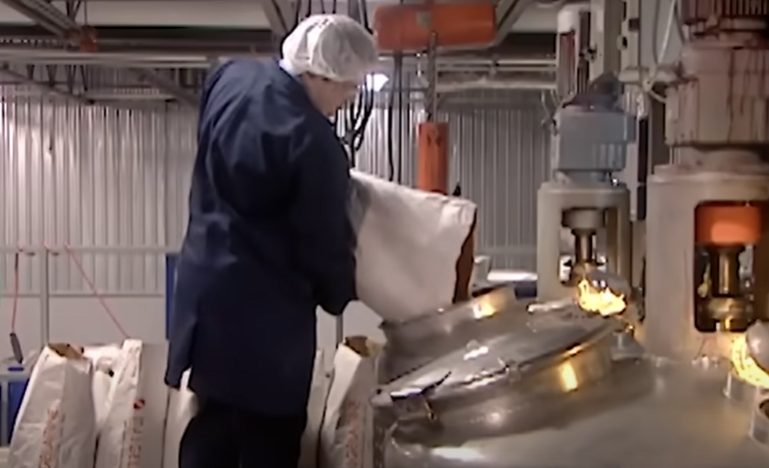
The hot air helps to dry the shells and remove any excess moisture, while also giving them a glossy finish. The drying process typically takes a few hours, after which the shells are ready for the next step: filling them with paint.
Step 3: Filling the Paintballs with Paint
The next step in creating paintballs is filling the shells with paint. The paint is usually made of a mixture of water, dye, and a binding agent, such as polyethylene glycol. The paint is poured into the hemispherical shells and the two halves are then sealed together to form a complete paintball.
The sealing process is usually done using heat, which melts the edges of the shells, fusing them together. Once the paintballs are filled and sealed, they are then sent to the packaging area for the final step.
Step 4: Packaging and Quality Control of Paintballs
The final step in creating paintballs is packaging and quality control. Once the paintballs have been filled and sealed, they are packaged into bags or boxes, usually in quantities of 500 or 1000 paintballs.
The packaged paintballs are then inspected for quality control. This involves checking for any defects or deformities in the shells, ensuring that the paint is properly mixed and filled, and checking that the paintballs are all the correct size and weight. Once the quality control check is complete, the paintballs are ready to be shipped out to retailers or distributors.
With the right manufacturing process and attention to detail, paintball manufacturers can produce high-quality and consistent paintballs that players can rely on for an exciting and colorful game.
FAQs
What are paintball shells made of?
Paintball shells are typically made of a combination of gelatin, water, and glycerin. The exact formula may vary between manufacturers, but these ingredients are common in most paintball shell mixtures.
How are the paintballs filled with paint?
Once the paintball shells are formed and dried, they are filled with paint by pouring the paint mixture into the hemispherical shells. The two halves are then sealed together using heat to fuse the edges of the shells together.
Can paintballs be made in different colors?
Yes, paintballs can be made in a wide range of colors. The color is typically added to the mixture of gelatin, water, and glycerin during the mixing process. Some paintball manufacturers also offer UV-reactive or glow-in-the-dark paintballs.
Are there any safety concerns in the paintball manufacturing process?
There are potential safety concerns when working with hot liquids and machinery in the paintball manufacturing process. However, paintball manufacturers take precautions to ensure the safety of their employees and to produce high-quality paintballs that are safe to use in the game. Quality control checks are also done to ensure that the paintballs are of the correct size, weight, and consistency.
Final Thoughts
In conclusion, the process of making paintballs involves several steps, including mixing the ingredients for the shells, forming and drying the shells, filling them with paint, and packaging them for distribution.
The quality of the paintballs is crucial to ensure a fun and safe paintball game, and manufacturers take great care in ensuring the consistency and quality of their products. By understanding how paintballs are made, players can appreciate the amount of work and attention to detail that goes into creating this exciting and colorful game.
Whether you’re a seasoned paintball pro or a newbie to the game, it’s fascinating to learn about the science and technology that goes into creating this popular pastime.
